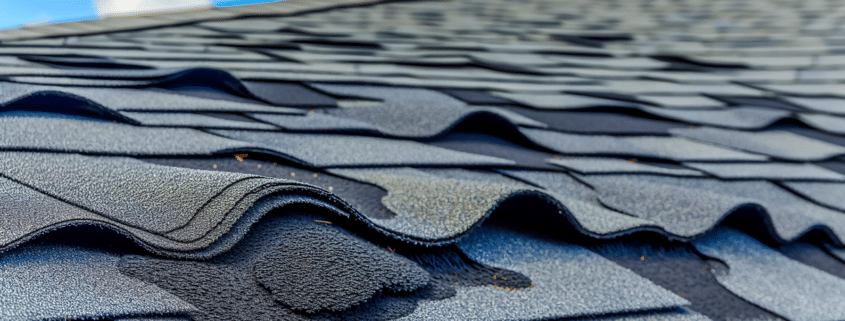Deciding Between Re Roof or Full Replacement: What’s Your Smartest Move?
Deciding between a ‘re roof’ and a full roof replacement can be daunting. Re-roofing may offer a quicker, more affordable fix for minor wear, yet a full replacement might save you from long-term costs and trouble. This article cuts through the complexity to help you make an informed decision, focusing on crucial considerations such as the condition of your current roof, potential costs, and long-term outcomes for your home’s protection.
Key Takeaways
-
Re-roofing is a cost-effective solution for minor roof damages that involves laying new shingles over existing ones, providing a quick and less labor-intensive fix.
-
A full roof replacement involves completely removing old roofing materials and installing new ones, allowing for a thorough inspection and potentially increasing property value and energy efficiency.
-
When deciding whether to re-roof or replace a roof, consider factors such as the roof’s age, budget constraints, local building codes, and insurance coverage.
Understanding Re-Roofing
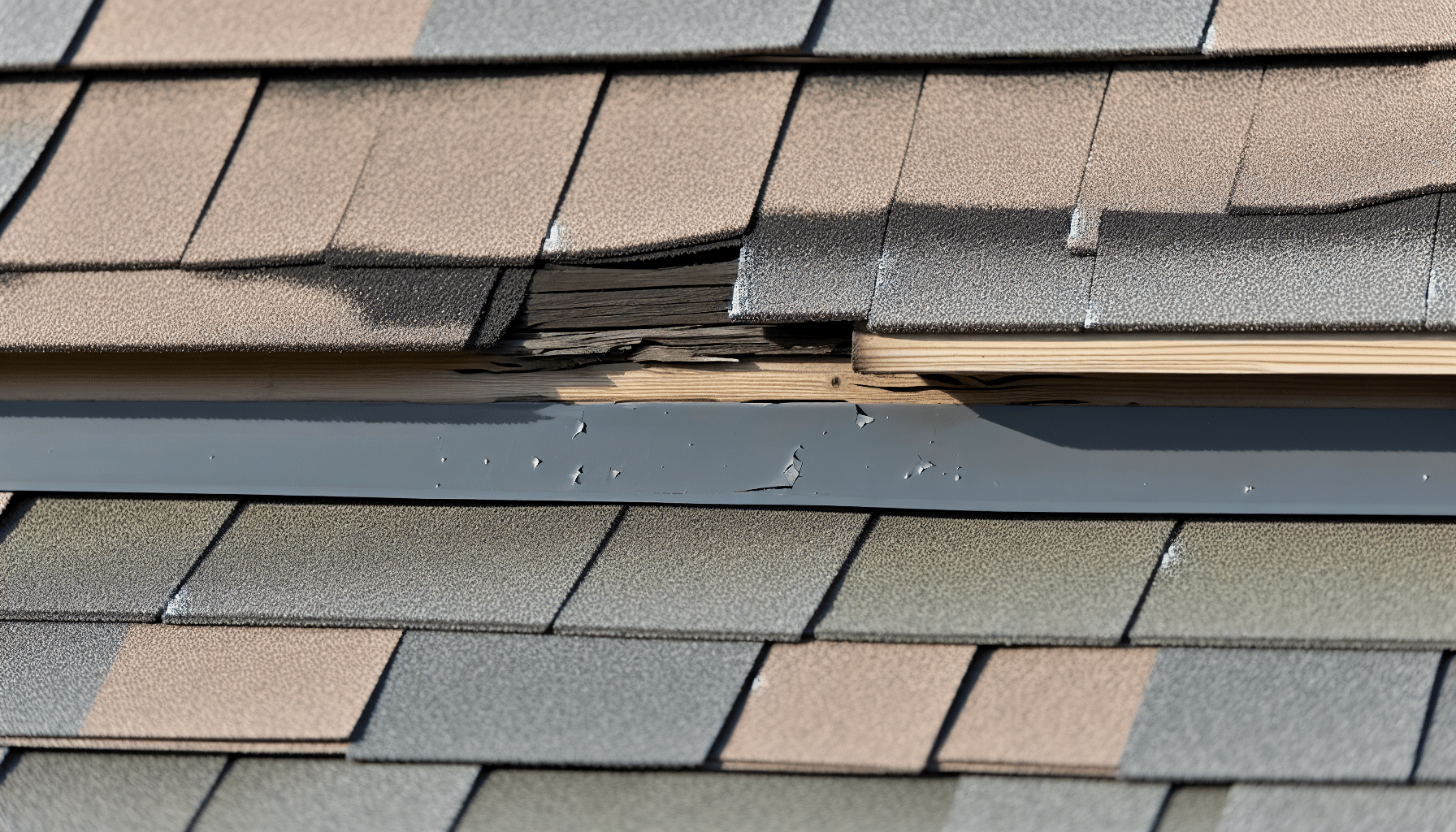
Re-roofing can be compared to giving your roof a facelift. The process involves adding a new layer of shingles over the existing roof, a cost-effective solution often employed for roofs with minor damage. It’s like putting a band-aid on a small cut – a quick fix for minor issues.
But, is it the right choice for you? Let’s unpack this further.
The Re-Roofing Process
Think of re-roofing as applying a fresh coat of paint to a well-loved wall. It overlays new shingles on top of the existing ones, creating a layer of protection with minimal demolition involved. This straightforward process does not require the labor-intensive steps of removing the old layer, making it less labor-intensive and potentially more cost-effective.
Advantages of Re-Roofing
Re-roofing not only provides a quick and easy solution but also proves to be cost-effective, helping you save on expenses. It’s like giving your home an instant facelift without breaking the bank, enhancing the aesthetic appeal of your home at a lower price.
Limitations and Concerns
Yet, like everything else, re-roofing has its drawbacks. While it may be the preferred solution for minor repairs, it has certain limitations. Adding a new layer of shingles means more weight on your roof’s structure, which may lead to problems in the future.
If you live in an area with a warmer climate, you might also face the issue of heat trapping, which can pump up your energy costs.
Delving into Roof Replacement
While re-roofing could be likened to a band-aid, roof replacement is more akin to surgery. It’s the process of completely removing the existing layer of roofing materials and replacing them with new ones. This full tear-off approach allows for a comprehensive inspection and potential repair of the underlying roof decking.
But when is a complete roof replacement a better option than re-roofing? Let’s investigate this.
The Roof Replacement Process
Consider roof replacement as a thorough spring cleaning. The process involves tearing out the existing roofing materials, inspecting the roof deck for any damage, and installing a new roof.
This comprehensive approach reveals any hidden damage and ensures a structurally sound outcome.
Benefits of Roof Replacement
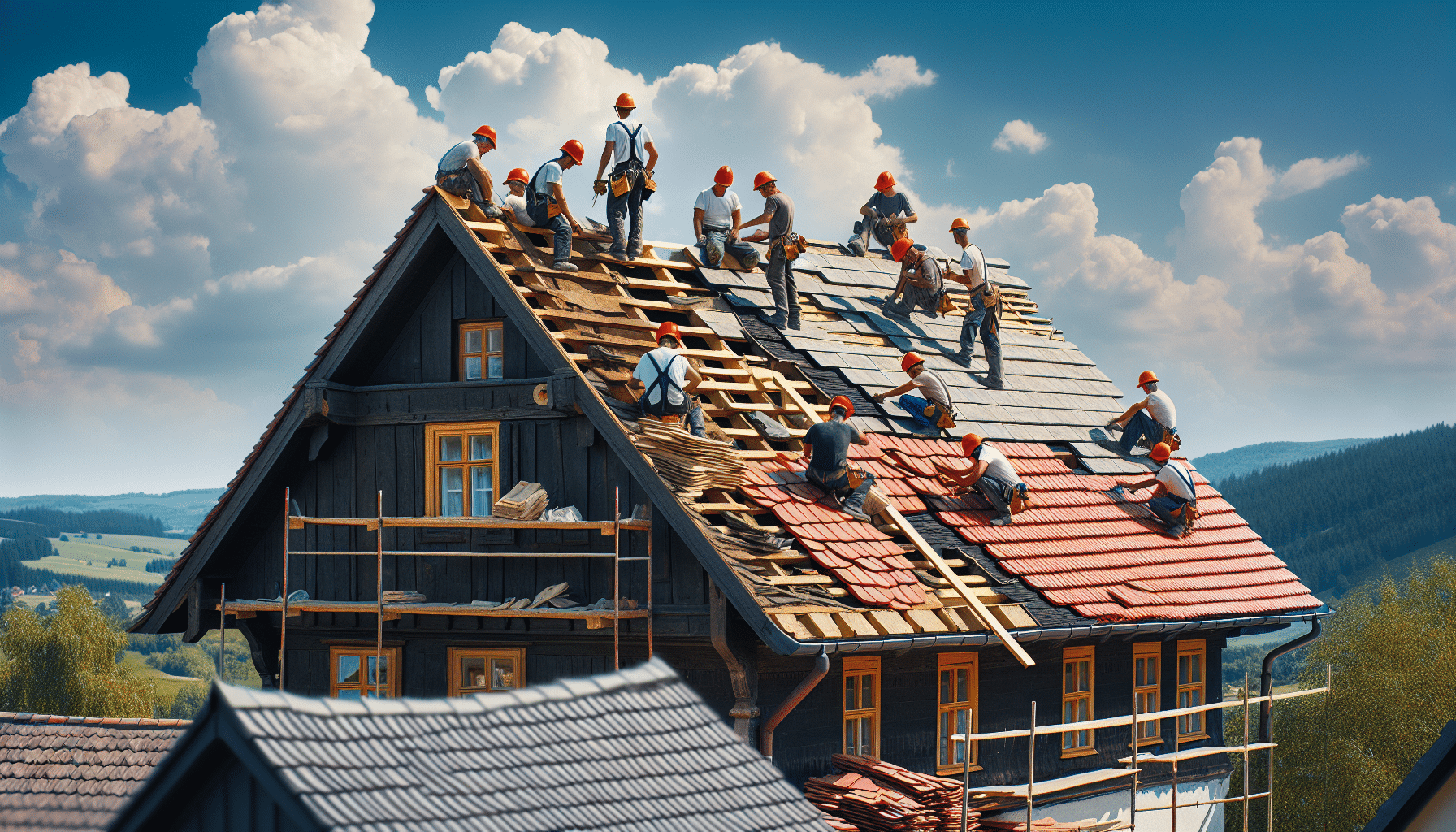
While a complete roof replacement might seem like a big investment, it brings along a host of benefits. It not only increases your property value but also improves curb appeal. Moreover, advancements in roofing materials allow new shingles to effectively block wind and weather, resulting in lowered energy expenses.
Factors Influencing Roof Replacement Cost
The cost of roof replacement is influenced by various factors, including:
-
The selection of roofing materials
-
Labor costs
-
The complexity of the roof
-
Regional pricing differences
Although the upfront cost might be higher than re-roofing, it’s crucial to remember that the long-term benefits often outweigh the initial expense.
Insurance Coverage: Re-Roofing vs. Roof Replacement
Insurance coverage can play a vital role in deciding between re-roofing and roof replacement. It’s like the safety net that could potentially save you from a hefty expense. While homeowners’ insurance typically covers roof damage due to specific events, the coverage may vary for re-roofing and roof replacement.
What Insurance Typically Covers
Typically, insurance policies cover roof repairs or replacements if the damage results from specific events such as:
-
wind
-
heavy ice
-
snow
-
rain leaks
-
fire
-
lightning
-
falling objects
-
vandalism
It’s like an umbrella on a rainy day, providing coverage up to the policy limits.
Navigating Insurance Claims
Filing an insurance claim requires following specific procedures set by the insurer, providing documentation of the damage, and may involve an inspection by insurance adjusters to approve the claim. Roofing contractors experienced with insurance claims, such as those at Rapid Roofing, can facilitate the process by conducting professional inspections and creating detailed damage reports.
Evaluating Your Roof’s Condition
Before deciding between re-roofing or replacement, a thorough evaluation of your roof’s condition is essential. It’s like taking a health check-up for your roof, ensuring it’s in the best possible shape to protect your home.
Signs of Roof Damage
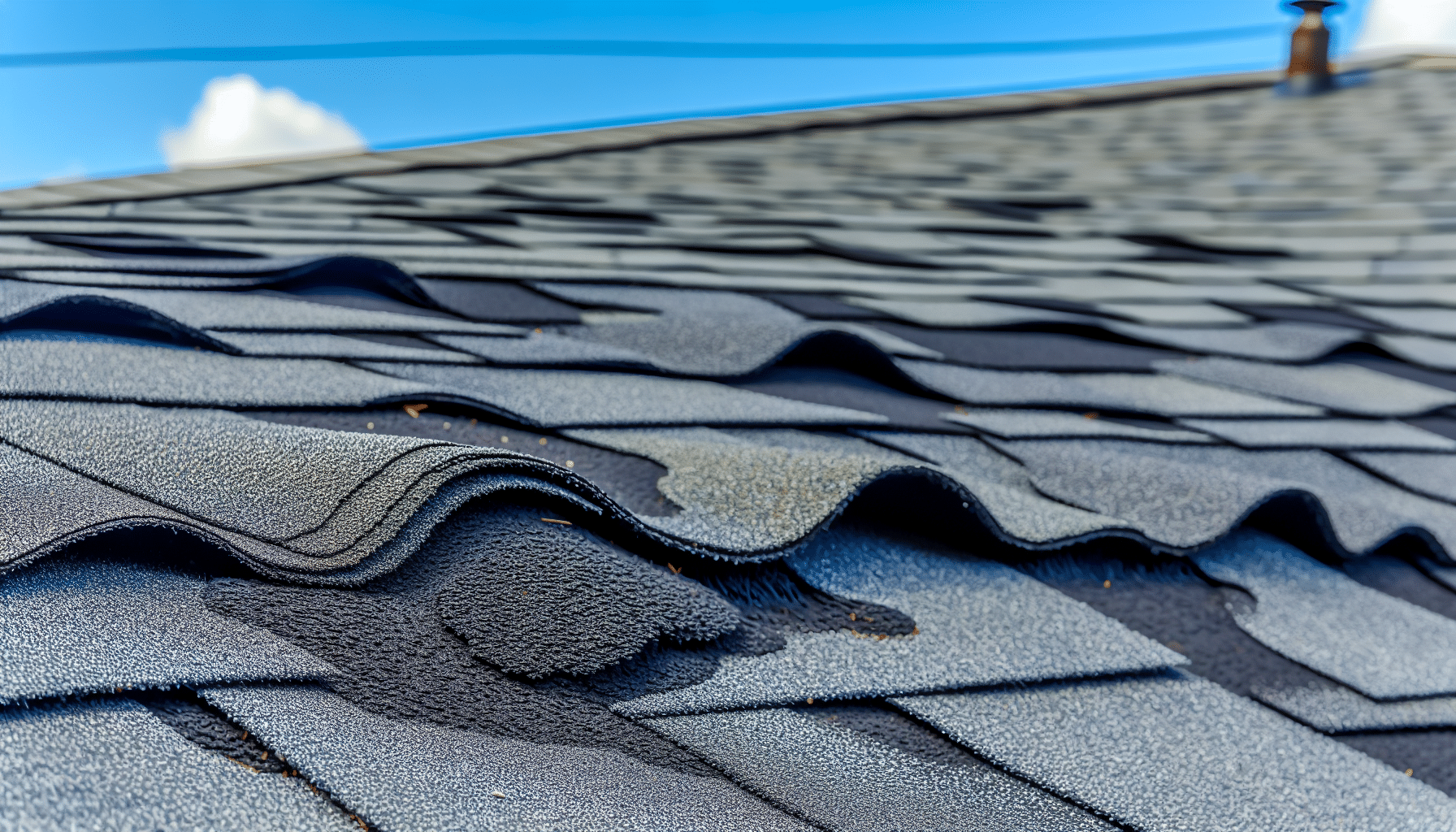
Leaking in several spots, significant visible damage, sagging rooflines, and the presence of holes or cracks can indicate the need for a full roof replacement.
Other signs such as damaged or missing shingles, the growth of mold, moss, or mildew, and sunlight visible through the roof are indicative of areas that require immediate repair, even if the existing shingles appear to be in good condition.
Consulting a Roofing Professional
Professional inspections, conducted by experts like those at Rapid Roofing, are crucial for safely assessing the state of your roof and determining the best route between re-roofing and full replacement. These professionals can reveal hidden damage that can lead to moisture accumulation, with potential health hazards like mold and mildew.
Making the Right Decision: Factors to Consider
Deciding whether to re-roof or replace a roof requires careful consideration. It’s influenced by the current state of the roof, with extensive damage often necessitating full replacement.
So, what are the factors you need to consider before making the final call?
Roof Age and Expected Lifespan
The age of a roof and its expected remaining lifespan are important considerations in deciding between re-roofing or a full roof replacement. If a roof is nearing or has reached the end of its serviceable life, re-roofing may serve only as a short-term fix, and a full replacement may be more cost-effective in the long term.
Budget Constraints
While re-roofing is often less expensive and quicker than a full roof replacement, it may lead to higher future costs since a full replacement entails removing multiple roofing layers.
It’s like choosing between a quick fix and a long-term solution, where the latter might cost more upfront but saves you from recurrent expenses.
Local Building Codes
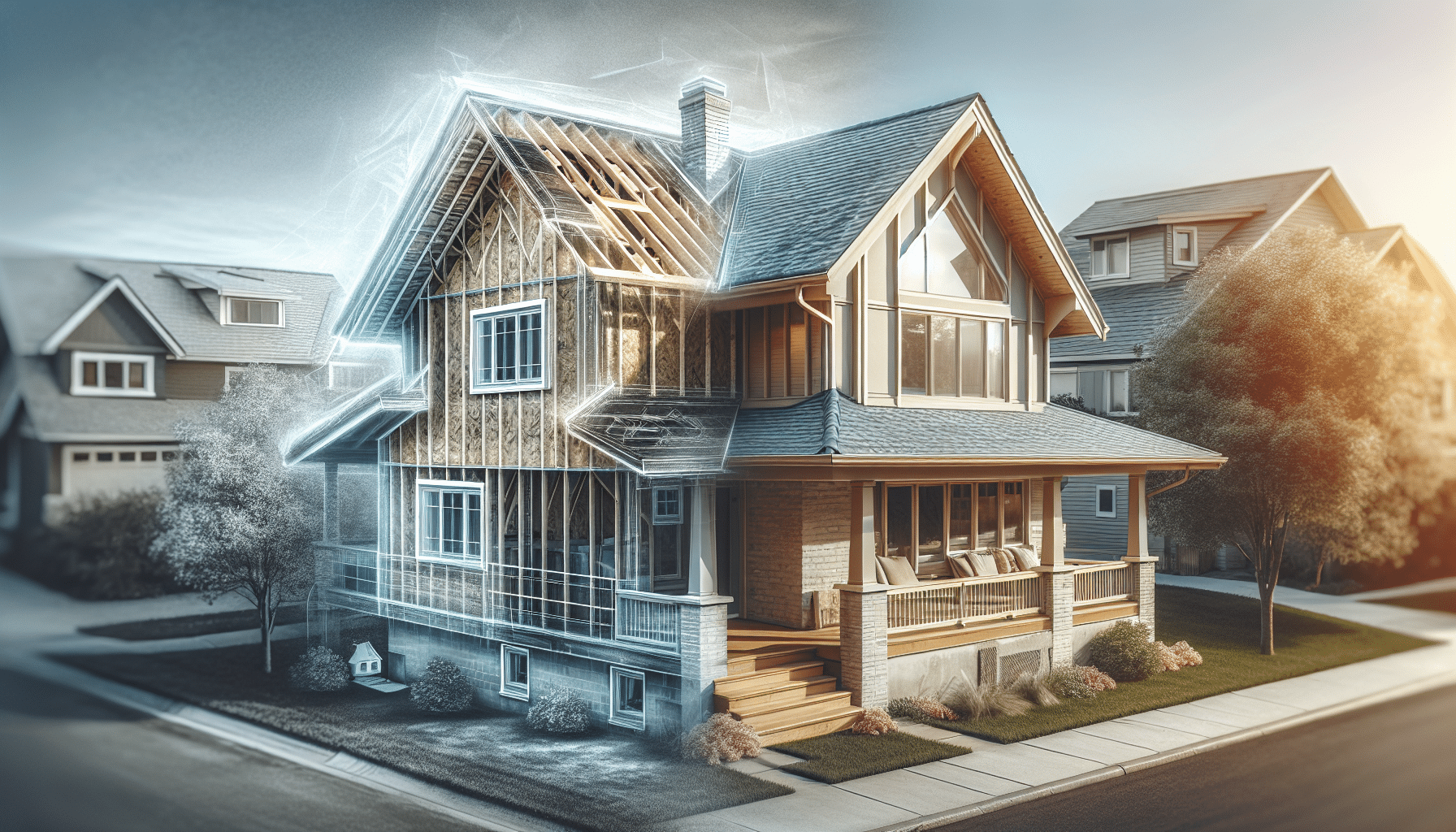
Compliance with local building codes is not optional and must be considered when homeowners choose between re-roofing and a full roof replacement. Some codes may limit the number of shingle layers on a roof, impacting the feasibility of re-roofing.
Case Studies: Rapid Roofing’s Expertise in Action
To better illustrate these concepts, let’s consider some real-life scenarios where Rapid Roofing’s expertise significantly impacted homeowners.
Re-Roofing Success Story
Consider a situation where a homeowner, observing minor leaks and worn-out asphalt shingles, opts for re-roofing with an existing asphalt shingle roof. With the expertise of Rapid Roofing’s team, the process proceeds smoothly, boosting the home’s curb appeal and extending the roof’s lifespan by an additional 15 years.
This case exemplifies how roof restoration, reroofing, and roof replacement can be cost-effective and efficient solutions for minor roof damages, especially when considering re-roofing as an option.
Roof Replacement Success Story
In a different scenario, a homeowner with a 25-year-old roof, experiencing multiple leaks and visible damage, turns to Rapid Roofing. Following a thorough inspection, the team suggests a complete roof replacement, which is executed with great efficiency, making roof replacements a reliable solution.
The result is a durable, energy-efficient roof that not only enhances the home’s value but also offers peace of mind for the homeowner.
Summary
Whether you decide to re-roof or opt for a complete roof replacement depends on various factors, including your roof’s condition, your budget, and local building codes. While re-roofing can be a cost-effective solution for older roofs with minor damage, a full roof replacement ensures structural integrity and long-term durability.
Frequently Asked Questions
What is the difference between roofing and reroofing?
The difference between roofing and reroofing is that reroofing involves applying a new layer of roofing material over the existing layer, while roofing replacement involves completely removing the existing layer and replacing it with new materials.
Is re-roofing a good idea?
Re-roofing can be a cost-saving option as it involves covering the existing roof with a new layer, which reduces labor and time involved in the process. It’s not always possible, but it can help save on replacement costs.
What does re roofed mean?
Reroofing means to replace all or part of the roof of a building, which involves recovering or replacing the existing roof covering. This process can be done with or without removing the existing roof covering.
Is roof rejuvenation worth it?
Yes, roof rejuvenation is worth it because it allows you to save money and time, as well as further protect your home from the weather. It also helps in avoiding unnecessary expenses on complete roof replacements.
When should I consider a roof replacement?
You should consider a roof replacement when your roof shows serious damage or deterioration that cannot be fixed by re-roofing. This includes conditions like water damage, mold, mildew, or a sagging roof deck.

